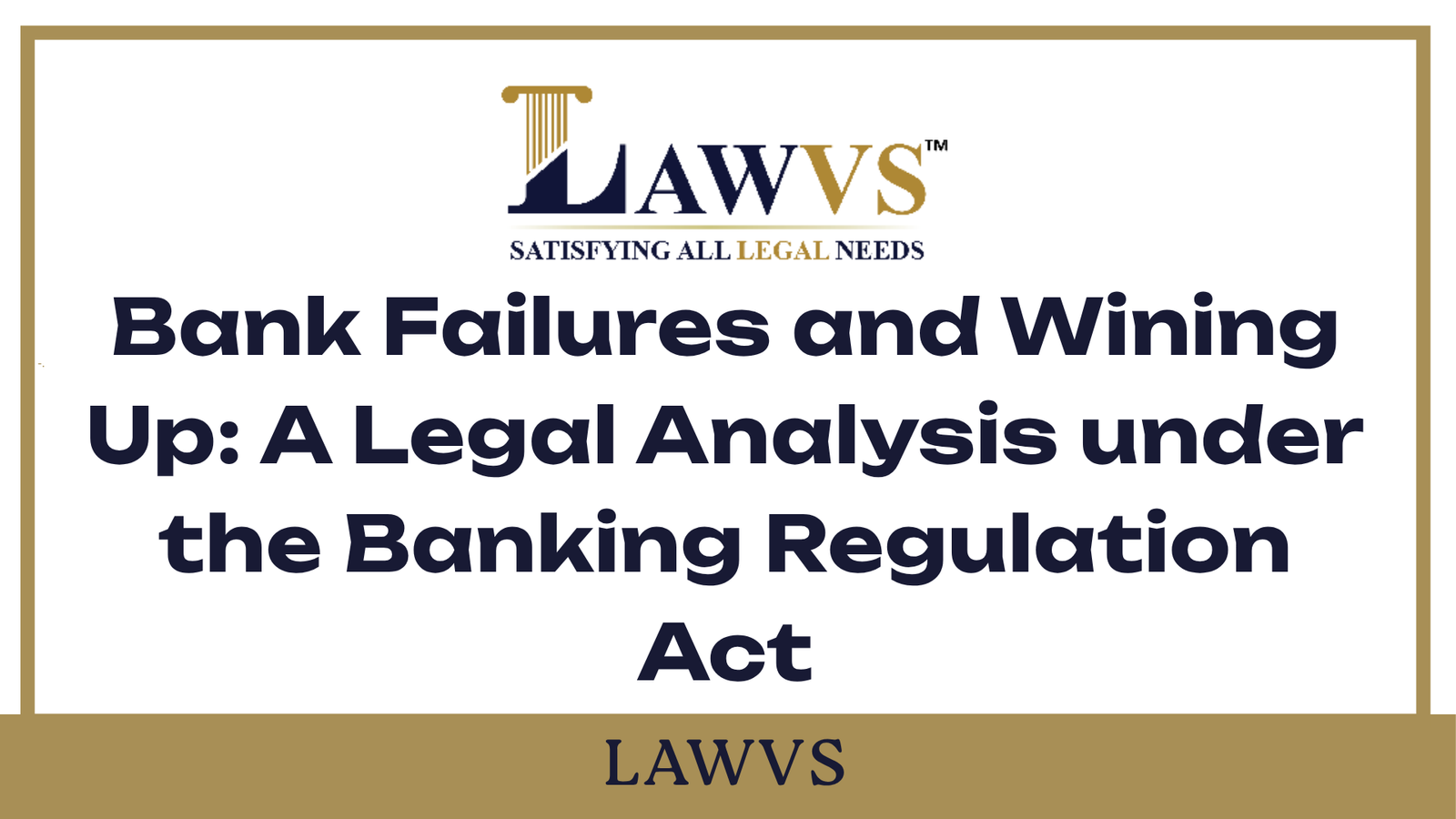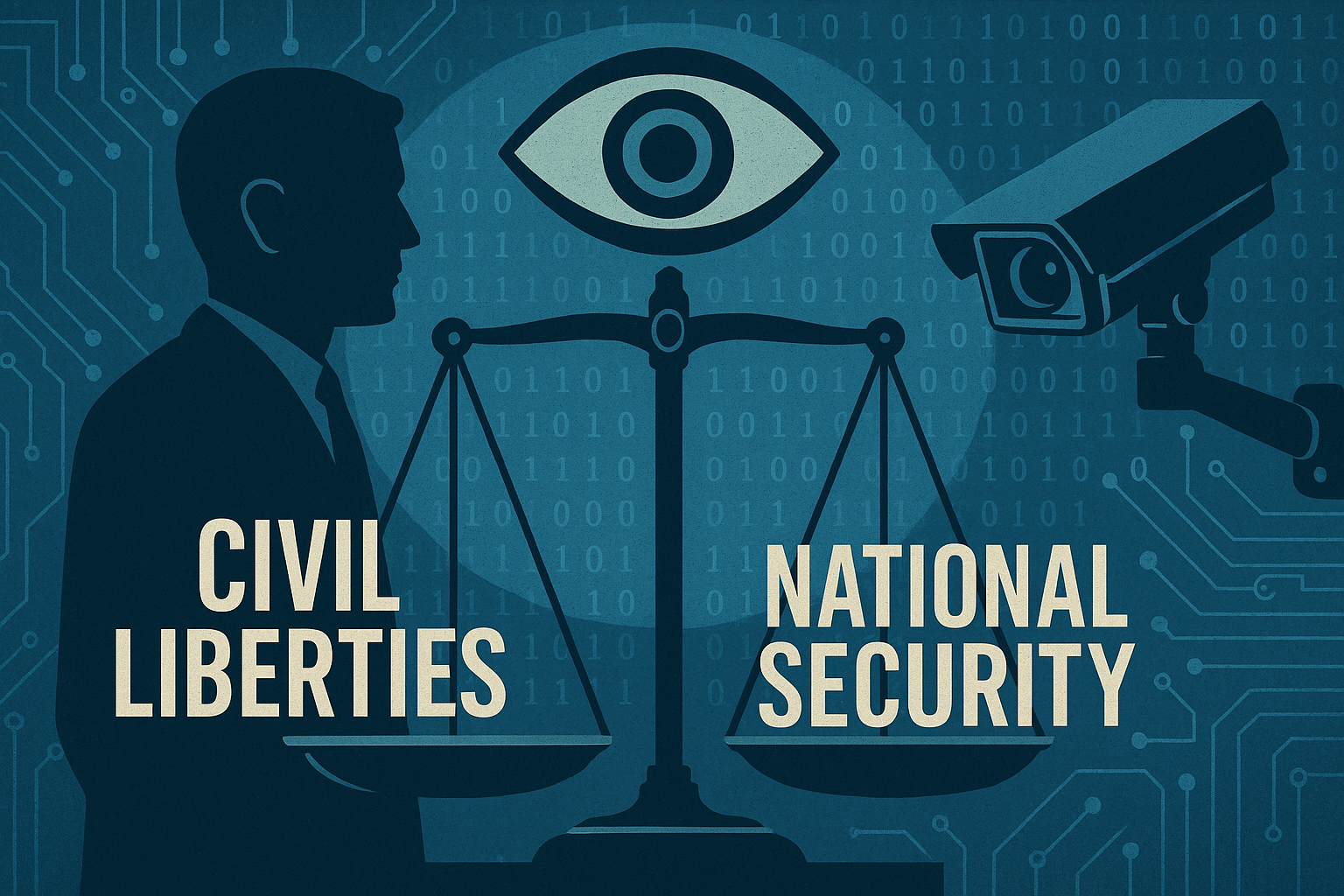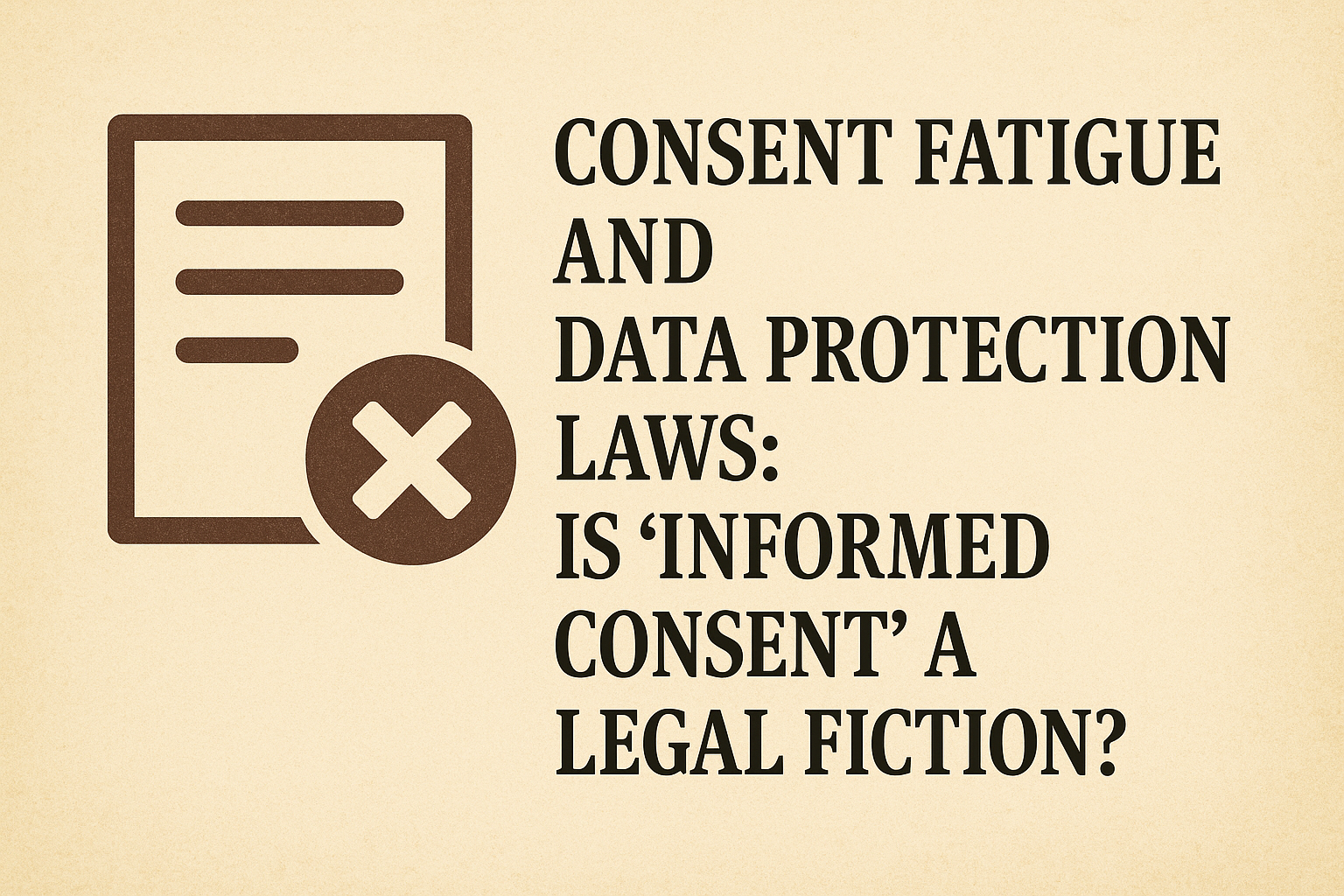Bank Failures and Winding
Up: A Legal Analysis under the Banking Regulation Act
What is
Winding Up?
•
"Winding up" typically refers to the process
of closing down or liquidating a company or organization. It is often used in
the context of businesses that are no longer able to continue their operations
due to financial difficulties, insolvency, or other reasons.
•
The winding-up process involves selling off the
company's assets, settling its debts and obligations, and distributing any
remaining assets to the company's stakeholders, such as shareholders,
creditors, and employees. The goal is to orderly bring an end to the company's
existence and ensure that its affairs are properly resolved.
What are
the reasons for winding up of banking companies in India?
- In India, banking companies can wind up due to
various factors. Financial distress, such as insolvency resulting from
poor management or economic downturns, can necessitate winding up.
Regulatory authorities like the Reserve Bank of India (RBI) have the power
to intervene if banks violate rules, engage in fraud, or pose systemic
risks, possibly leading to winding up. Non-viability, where a bank is
deemed unsustainable, might prompt authorities to recommend or enforce
winding up to safeguard stakeholders and financial stability.
- Banking companies can wind up due to mergers or
acquisitions. Acquired banks might cease operations as they integrate with
acquiring entities. Loss of public confidence can trigger a run on a bank,
straining liquidity and possibly leading to winding up. Violating
regulations, such as capital requirements and reporting obligations, can
prompt regulatory actions that result in winding up.
- Some banks might opt for winding up due to
strategic reasons like market shifts or business focus changes. In
exceptional cases, governments could decide to wind up a bank in the
national interest or for broader policy considerations.
- The winding-up process for banking companies in
India adheres to regulatory oversight and legal procedures set by the RBI
and relevant authorities. Its aim is to shield depositors, creditors, and
financial system stability.
What are
the steps of winding up of banking companies?
- The winding-up process of banking companies
follows a structured sequence to ensure the orderly closure of operations
while settling liabilities and safeguarding stakeholders. It commences
with a board resolution appointing a liquidator. Communication is pivotal,
involving notifications to stakeholders and the public about the decision.
The bank freezes new operations and starts evaluating assets for
liquidation, which generates funds to meet obligations. Liabilities are
settled in accordance with regulatory guidelines, with a focus on repaying
depositors within stipulated limits.
- After repaying depositors, any remaining funds
are allocated to settling other debts and obligations, and surplus amounts
are distributed among shareholders. Formal closure and deregistration
follow, requiring regulatory approvals. The process is underpinned by
comprehensive reporting and compliance to ensure transparency and
adherence to regulatory frameworks.
- Employee considerations involve terminations and
settlements, with attention to legal requirements. Legal matters are
resolved, and a final audit and report verify the process's completion. It's
important to recognize that the winding-up process can vary due to legal
and regulatory nuances and the bank's specific circumstances.
Collaboration among legal experts, liquidators, and regulatory bodies is
instrumental in achieving a seamless and compliant winding-up process.
what is the
role of RBI in winding up of company?
•
The Reserve Bank of India (RBI) is integral to the
winding-up process of companies, particularly banking entities, ensuring an
organized closure that protects stakeholders and financial system stability. It
exercises regulatory oversight, setting and enforcing standards for banks. If a
bank breaches these norms or poses risks, the RBI can initiate winding-up
proceedings. When banks opt for voluntary winding up, RBI's approval might be
required for the plan, ensuring compliance and stakeholder protection.
•
The RBI appoints liquidators in cases of insolvency or
regulatory issues. Liquidators manage assets, settle liabilities, and
distribute funds. Depositor protection is paramount; the RBI ensures
reimbursement within Deposit Insurance and Credit Guarantee Corporation (DICGC)
limits.
•
Transparency is key; the RBI communicates reasons,
progress, and mitigation efforts. It aims to prevent systemic risks and
disruptions from bank closures.
•
Continuous supervision assures adherence to
regulations, minimizing negative effects on stakeholders and the financial
system. Resolution frameworks can be employed, rejuvenating banks through
strategies like capital infusion or restructuring.
•
Ultimately, the RBI's role in winding up underscores
its commitment to financial stability, stakeholder safeguarding, and
well-orchestrated closures of banking companies.
What are
the types of Winding Up?
Part III of
the Banking Regulation Act 1949 deals with the suspension of business and
winding-up of banking companies. Sections 38 to 44 exclusively deal with the
winding up of such companies. There are two ways by which the process to wind
up any banking company can be initiated, which are:
- Winding up by the High Court, and
- Voluntary winding up.
Winding up
by the High Court
Part III
Section 38 to 43 exclusively deal with the winding up of banking companies by
the High Court. The High Court mentioned under these sections denote the High
Court exercising jurisdiction in the place where the registered office of the
banking company in concern is situated; if it is a banking company incorporated
outside India, then the High Court exercising jurisdiction in the place where
the principal office of such company is located would be the mentioned High
Court. Section 38(1) of the Act provides the grounds based on which the Court
shall order a banking company to wound up. The grounds are:
1. The
banking company is unable to pay its debts, or
2. RBI
applies for the winding up of such s company under s.37 of the Act.
Court
Liquidator/ Official Liquidator
A Court
Liquidator is appointed by the Central Government and attached to every High
Court under Section 38A of the Act. However, under Section 39, if the RBI
applies to the Court, the RBI, the State Bank of India, or any other bank as
notified by the Central Government shall be appointed as the Official
Liquidator. If such a Liquidator is appointed, then the Court Liquidator must
vacate the office. The main functions of the Official Liquidator are to:
1. Collect
and take into his custody the assets of the banking company,
2. Submit a
preliminary report to the Court, and
3. Conduct
the winding-up proceedings.
Voluntary
winding up:
Section 44
of the Act deals with the voluntary winding up of banking companies. It states
that a banking company can voluntarily wind up only if RBI furnishes a written
certification stating the company can pay off all its debts. Meaning, a written
certificate by RBI must accompany any application filed by a banking company to
the Court for its voluntary winding up. Further, Court has the power to order
the voluntary wind up to continue on its supervision. While the voluntary
winding up is in process, the Court, on its own motion or the application of
RBI, can order winding up by the Court itself (that is, as under Section 38 of
the Act) on the following grounds:
1. The
banking company is unable to pay off its debts during the voluntary winding-up
process; or
2. When the
banking company is undergoing the voluntary winding up under the supervision of
the Court, the Court finds that the winding up cannot take place without having
any detrimental effects on the depositors.
What are
the regulations made the RBI in role of winding up of banking companies?
·
The Reserve Bank of India (RBI) has established a
robust regulatory framework to guide its role in the winding-up process of
banking companies in India. This framework aims to ensure an orderly closure of
banks while protecting stakeholders and maintaining financial system stability.
·
The RBI's authority stems from the Banking Regulation
Act, 1949, allowing it to regulate and oversee banking companies, including
winding-up proceedings. It sets prudential norms covering areas like capital
adequacy and asset quality to prevent situations that could lead to winding-up.
·
Through the Prompt Corrective Action (PCA) framework,
the RBI imposes restrictions on struggling banks to prompt corrective actions
and prevent the escalation of financial distress that might trigger winding-up.
·
The Deposit Insurance and Credit Guarantee Corporation
(DICGC), a subsidiary of the RBI, plays a critical role by insuring deposits
and defining reimbursement limits in case of bank failures or winding-up.
·
Resolution frameworks provide strategies for reviving
distressed banks, including capital infusion and restructuring, with the aim of
restoring viability and avoiding winding-up.
·
The RBI's guidelines outline winding-up procedures,
emphasize stakeholder protection, and promote transparency by communicating
reasons, progress, and mitigation strategies.
·
Regulatory oversight ensures strict adherence to
regulations throughout the winding-up process, and international cooperation
mechanisms are also addressed.
·
In summary, the RBI's comprehensive regulatory
framework reflects its commitment to a controlled winding-up process that
safeguards stakeholders, sustains financial stability, and facilitates the
systematic resolution of distressed banks.
Conclusion
The
winding up of banking companies under the Banking Regulation Act, 1949, serves
as a crucial mechanism to ensure financial discipline, safeguard depositor
interests, and maintain stability within the Indian financial system. Whether
initiated by the High Court or voluntarily by the banking company, the process
is governed by stringent legal procedures and subject to the oversight of the
Reserve Bank of India (RBI), which plays a central role in monitoring,
regulating, and executing winding-up proceedings. The involvement of the RBI,
from certifying voluntary winding up to appointing official liquidators,
reflects its commitment to minimizing systemic risks and protecting
stakeholders. The incorporation of frameworks such as Prompt Corrective Action
(PCA) and Deposit Insurance mechanisms further strengthens the resilience of
the banking sector. In a rapidly evolving financial landscape, these provisions
ensure that bank closures, when inevitable, are carried out in an orderly and
transparent manner—thus preserving public confidence and reinforcing the
integrity of the banking ecosystem.








